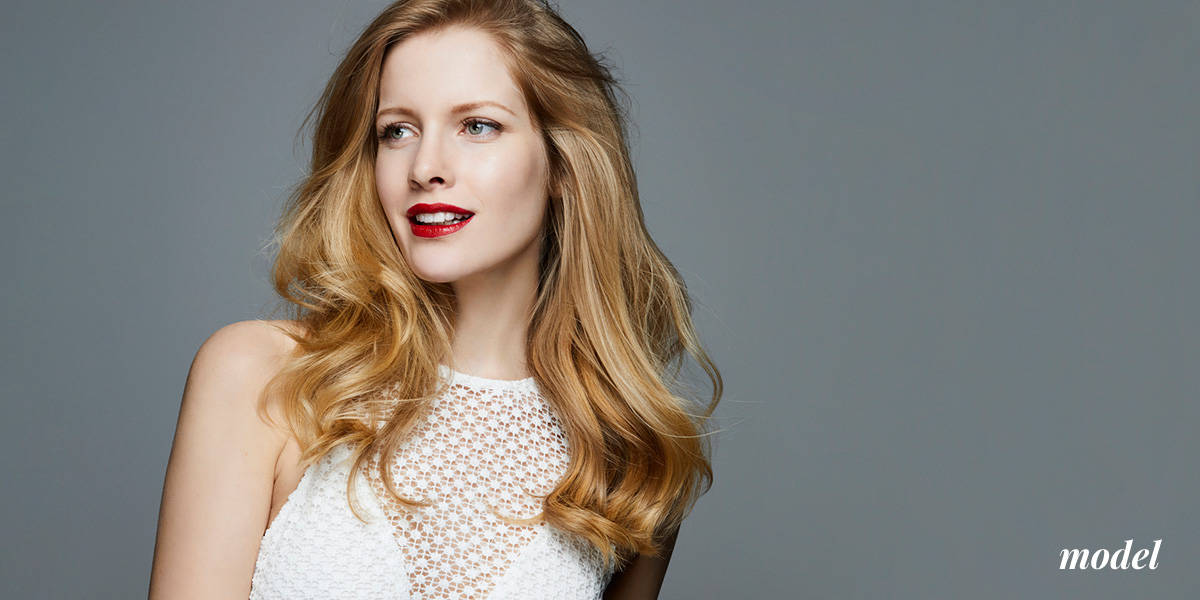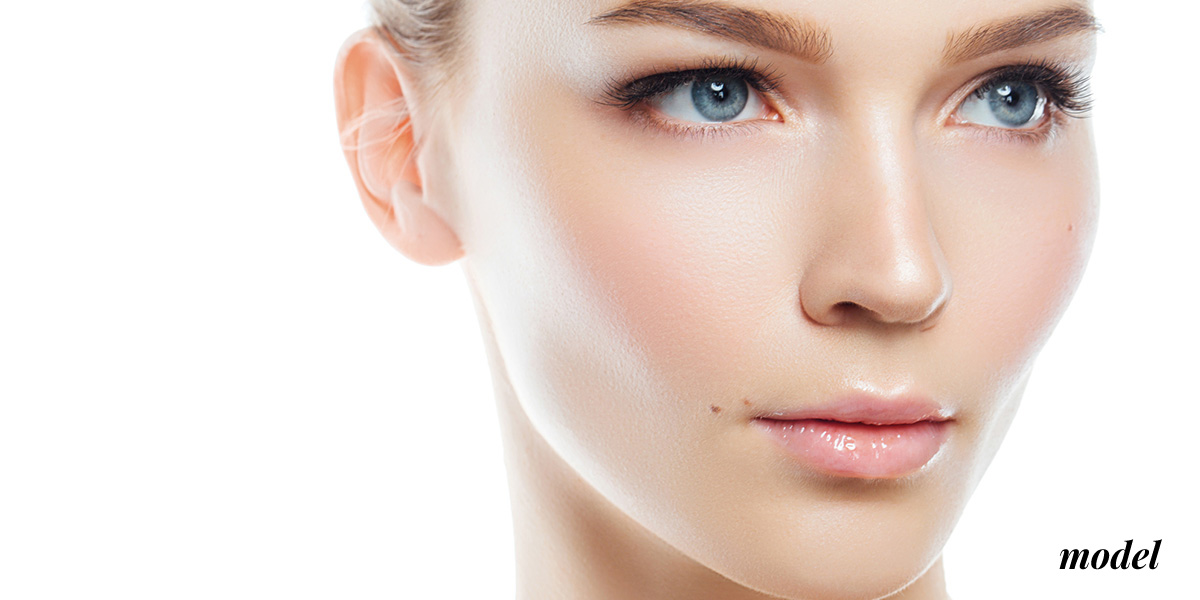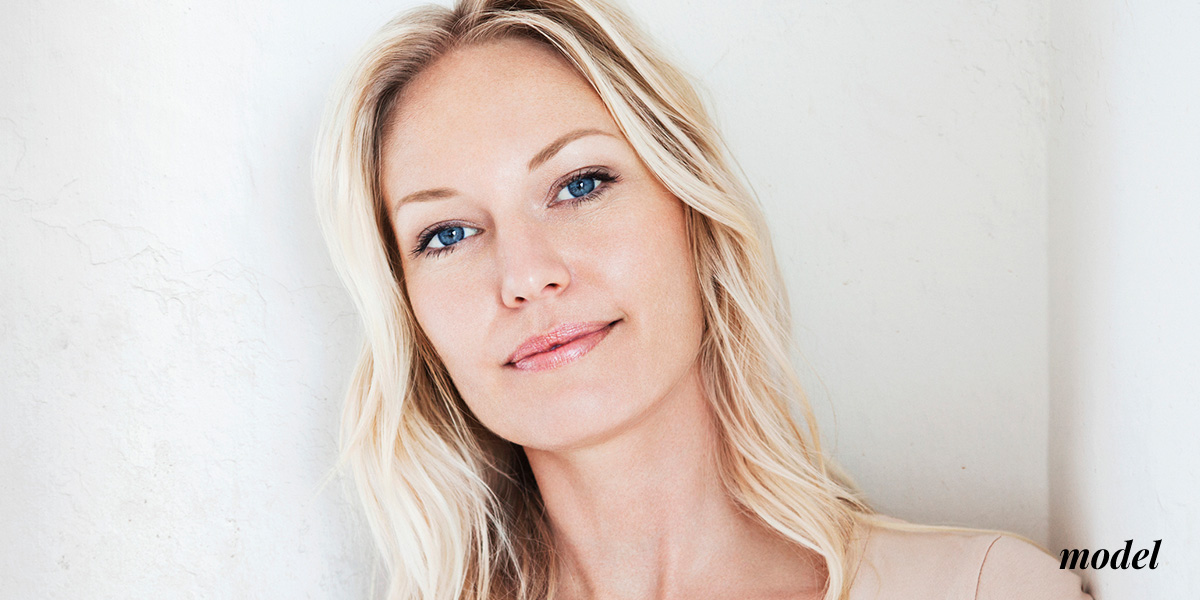
A rhinoplasty refers to changing the shape of the nose. It can involve both surgical and non-surgical ways of changing the shape of the nose and, in general, it was the most common procedure performed on the face in 2016. We find that anyone who is unhappy with the shape of their nose with a healthy outlook on life is a good candidate for rhinoplasty. Most of the time both men and women have to be past the puberty stage in order to undergo rhinoplasty and that is because we want to make sure that the nose has stopped growing and changing shape. Most of our patients are between the ages of 15 and 50-60 years. Interestingly, in patients who are more mature, doing a rhinoplasty can make them look younger. This happens because in the aging process the nose tends to droop and makes them look older, so we can lift the tip and therefore get a more youthful appearance.
With rhinoplasty surgery, no two noses are the same and we can do all sorts of things to the nose to improve its look. We can straighten the nose, both bony or cartilaginous portion, we can make the nose smaller, we can make the nose larger, we can lift the tip or lower the tip. If you have trouble breathing through your nose, then we can perform surgery inside the nose to open up the airways and help you breathe better.
When it comes time to do the actual procedure, there are two types of approaches. One is the closed or endonasal approach and the other is the open approach. The method chosen depends on your anatomy and the surgeon you see. There are benefits to the closed or intranasal approach including no outside or external scar noted, and a faster healing time because you don’t have to lift as much skin or make as many cuts in the skin. The downsides can be significant because the visibility is much less when you cannot see the entire nose, and you may have problems with symmetry afterwards because you can’t see both sides of the nose at the same time. Additionally, because there is not as much room to maneuver, you are unable to perform as many maneuvers as you can with the open approach. I typically reserve the closed rhinoplasty approach for people who don’t need much tip work and have a small bump. If someone has more of a crooked nose, a very large or deviated nose, then I prefer to use the open approach, which allows more visibility and more room to make maneuvers. This is the open approach that starts with a small incision in the columella, which is the bridge of skin between the two nostrils. We shape the incision not as a straight line, which is easy to follow and track, but almost like an upside-down V with two arms attached to it. This type of incision heals really well, and over the course of the healing period, fades almost to invisibility. The open approach allows us to lift the skin of the entire nose so we can see both sides of the nose at the same time and have more room to do things like cartilage grafting. Personally, I feel the dissection is cleaner with an open approach, and because we can see all types of irregularities, I know exactly what is under the skin causing those irregularities and we can take care of those in a predictable fashion. The down side is that there is risk for poor scar formation, but if you sew the incision back together nicely, this is a much smaller possibility. The only additional consideration is that there is more swelling afterwards and final results can take anywhere from 6 to 12 months to fully see the results. In the end, though, this would be a nose you will have for the rest of your life and if it means a few extra months of healing time for a lifetime of a nice-looking nose, that is usually a small price to pay for a result that you will love.
We usually begin with the rhinoplasty, focusing on the top third of the nose, which is the bony portion. This is where you have bony humps. You can have widened nasal bones or nasal bones that are too crooked. We use a combination of rasps or files and osteotomes, which are instruments that cut the bone in order to mobilize them and get them either narrower or in the midline or both. If someone has a large hump, we can use the same cutting instrument to remove that hump and then use a file to gently smooth over the edges.
Following that, osteotomies, or cuts in the bone, are done to narrow the nasal bones to make the bridge appear narrow. If the bony pyramid is crooked in the nose, then we have to make very selective and artistic cuts in the bone and mobilize it so we can shift them back in the middle.
Next is called the mid vault, which is made out of cartilage. The mid vault is, as it says, the middle portion of the nose where you can get pinching, which can cause breathing problems, or too wide of a mid vault. If the mid vault in this area is crooked, it might be because of a septal deviation that can occur. The septum is the wall that divides the two sides of the nose and comes all the way up to the top of the bridge. If it is deviated at the top of the bridge, it will look crooked on frontal view. We do special cartilage grafting techniques to place cartilage in the mid vault in order to open the nasal airway to help you breathe better.
Next is the tip work and this is where a true rhinoplasty artist is tested. The tip is a three dimensional structure that requires very finessed maneuvering and stabilizing in order for you to have a nice predictable and refined result. There are two tip cartilages that meet in the midline and typically we trim a little of these tip cartilages and place sutures to narrow the tip. In the middle of the nose, we want to secure the tip to the septum. Again, the septum comes to the edge of the nose and is the wall that divides the two sides. We typically use cartilage grafting to secure the tip to the septum so that when you smile, your tip won’t droop, and as you age the tip won’t droop either. We use longer lasting sutures to hold things in place so that as you heal, the tip stays in place.
Finally, the inside of the nose can have either a septal deviation, which can block your breathing, or turbinate hypertrophy. The turbinates inside the nose appear like fingers because they are long, flesh-colored bones, and they swell up with things like allergies and colds. During rhinoplasty surgery, we can make these turbinates smaller and straighten the septum to help you breathe better.
We address the nostrils last. If a patient has wide nostrils, there are ways to narrow them, either through the inside of the nose or making external incisions on the outside of the nose. I typically like to reserve nostril reduction for the end because sometimes the tip looks more narrow and you don’t need to narrow the nostrils, and this helps avoid an incision on the outside of the nose.
Recovery from a rhinoplasty can last anywhere from 7 to 14 days. We typically give our patients a rhinoplasty kit that has everything they will need in order to recover well. This can include nasal saline to clean the nose, hydrogen peroxide to clean dried blood and mucus. In addition, we give Arnica impregnated patches as well as Arnica pills to bring down bruising and swelling. Although these are not miracle medications, they do help reduce the bruising from 14 days down to about 7-10 days. After one week the cast comes off the nose, as do the stitches. Tubes are also placed inside the nose to act as an internal cast and these are removed at the same time. It is at this time that the patient feels better and can breathe more easily. The bruising is also starting to settle and the swelling is also coming down. By two weeks enough of the swelling has come down to where you will look normal walking outside and people won’t question whether or not you just had surgery. The nose will continue to refine itself over the next 6 to 12 months as it gets more and more refined. We see our patients at the one-week mark, one-month mark, three-month mark, six-month mark and yearly after that.
When you are ready for your rhinoplasty consultation, please give us a call and we can schedule an appointment. It will take about one hour for the consultation. Currently prices can range anywhere from $9,500 to $18,000, depending on the complexity of the case. We will be happy to morph your pictures and give you a copy before you leave the office.
Since there is usually a range in the price of a rhinoplasty, this usually correlates with how difficult a rhinoplasty will be. There are some factors that make a nose easier than others, and other factors that make noses more difficult. On the lower end of the range, noses that are easier are ones that are more symmetric, straighter, and have minimal changes. This might include a small bump on the bridge or a slightly widened tip. Typically these noses are relatively straightforward.
Along the spectrum, as noses become more difficult, some factors include asymmetries such as one nostril being larger or smaller compared to the other one, a really large bump on the bridge or dorsum, and asymmetries in the cheeks where one cheek is flatter compared to the other. When one cheek is flatter, the nose is sitting on an uneven table and we have to keep this in mind when straightening the nose. If the client has significant crookedness of the nose where it leans more towards one side than the other, this can also make it more difficult to make it straighter. The bony portions of the nose can be fractured back into the midline, but if the cartilaginous part of the nose is deviated or crooked, we have to come up with complex grafting to make it appear straighter. One can imagine taking a few crooked pieces of wood or building blocks and putting them together to make them look straighter. When we do this, healing is slightly more unpredictable, which makes the surgery more difficult.
Another thing that can make the nose more difficult to work with is thick skin. Usually with thick skin come thinner, weaker cartilages so we need to really strengthen the framework of the nose in order to support the healing in the postoperative period. Thickened skin will decrease the definition of the nose and also lengthen the postoperative healing time. In these patients, the healing can continue to improve for at least one or even two years. In the past, to help combat thickened skin, rhinoplasty surgeons have tried to thin the skin by removing skim, muscle and fat from underneath the skin envelope. Unfortunately, this doesn’t translate into long-term thin skin as the lymphatic vessels are also removed during this dissection. The lymphatic system is the system of vessels that is used to drain swelling. Once those are removed, there is swelling that just stays around almost indefinitely. If this happens, the skin still appears thickened, which makes a nice natural looking result a little harder to achieve.
Additionally, thin skin can make a rhinoplasty difficult because any little imperfection shows through the thin skin. This can usually be diagnosed at the time of the consultation, where if the edges of the cartilage are very visible underneath the skin, then I can prepare the client about what to expect before surgery . In primary rhinoplasty, it is rare that we need to thicken the skin and it is more common in revision rhinoplasty when the skin is already slightly thin. We can use a temporalis fascia graft, which is taking the covering of the temporalis muscle, which is located in the temple. A small incision is made through the scalp and the temporalis fascia is isolated and removed and serves as a little blanket that goes over the framework of the nose in order to thicken the skin. As you can see, this can add extra time to the procedure, which adds extra costs.
We can also discuss the preoperative planning, which is usually done through the use of morphing imagines during the consultation. We like to use Adobe Photoshop to morph the frontal view as well as the profile view in order to show the client what changes we are thinking of and with a reasonable expectation to have after surgery. I like to use these morphs because they tell me how much of a bump to remove, how much to lift the tip, as well as how much to narrow the nose from frontal view. In addition, it serves as a nice communication tool between the client and me, so that we are both on the same page when it comes to achieving a result we both like. Of course, morphing images has its drawbacks. Nothing is guaranteed and things do change during the timing of surgery . All in all, it helps to show the client, whether they want a curve to their profile versus a straight profile. In addition, we can narrow the tip and narrow the nostrils to show them how much can be narrowed during the time of surgery. Although the results are not guaranteed, we do get very close to achieving a nice result. This also helps me with my own surgical planning so I can achieve a result that the client is looking for.
There is some unpredictability when it comes to rhinoplasty surgery and that is why it is hard to guarantee a certain result. We do our best to diagnose any issues by looking at the outside of the skin, but until we are really into the procedure and have the skin lifted up can we see exactly what is going on. For example, sometimes it is difficult to make a nose perfectly straight because as we are fracturing the nasal bones, they become more and more unstable. If it reaches a certain point where the bones are too unstable to adjust, then it’s best to leave the bones where they are and come back for a second procedure only if necessary. Of course, we never want to come back for a second procedure if we don’t need to, but if we go too far, this can cause irreversible changes and irregularities that become even more difficult to correct after the primary procedure.
I like to tell patients that although we may not be able to get a perfect result, we get a very good result dealing with what we have to work with. It is similar to baking a cake, where you might have all the ingredients except for eggs and you can still make the cake. Making a cake without eggs will still taste like cake but it may not taste as good as cake made with eggs. This is similar to times when we are looking for straighter pieces of cartilage and we may not have them available, but the nose, all in all, looks much straighter than it did preoperatively.
Rhinoplasty surgery is the most complex plastic surgery that one can do for the face. The nose is right in the center of the face and it cannot be hidden with makeup, hair or clothing, as in other parts of the face or the body. Every single millimeter counts and when 1 mm is off in the wrong place, it can make the nose look unnatural or have an unsatisfactory result. The nose is also a three dimensional structure and it must look good for every angle including the front, the sides, as well as the base view. Keeping this in mind, I do walk around the nose during the surgery to make sure it looks good from every angle and the patient is happy. When it comes to the final result, most people will judge your nose based on the three-quarters view because that is the view that people look at you the most. This is in contradistinction to how we usually look at our nose, which is from the frontal view in front of a mirror. But when you take pictures and when people see you, it is mostly the three-quarters and the profiles that have the most impact on people.
In the end, a great candidate for rhinoplasty surgery is a client who has very reasonable expectations with their procedure. Those clients looking for perfection are ones I do not like to operate on because perfection, by definition, is possible. Instead, we get very very close to a nice-looking nose that looks like it has not been operated on, and looks natural. Our goal is never to have someone look at your nose and think that you had surgery previously.
To learn more about rhinoplasty and schedule a consultation, contact our Beverly Hills office at (310) 772-2866 today.








